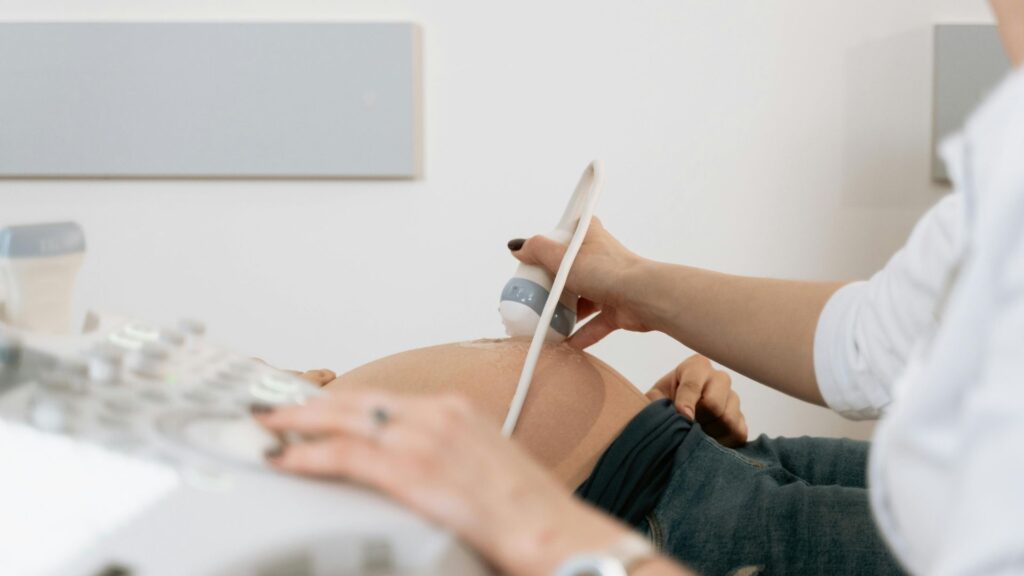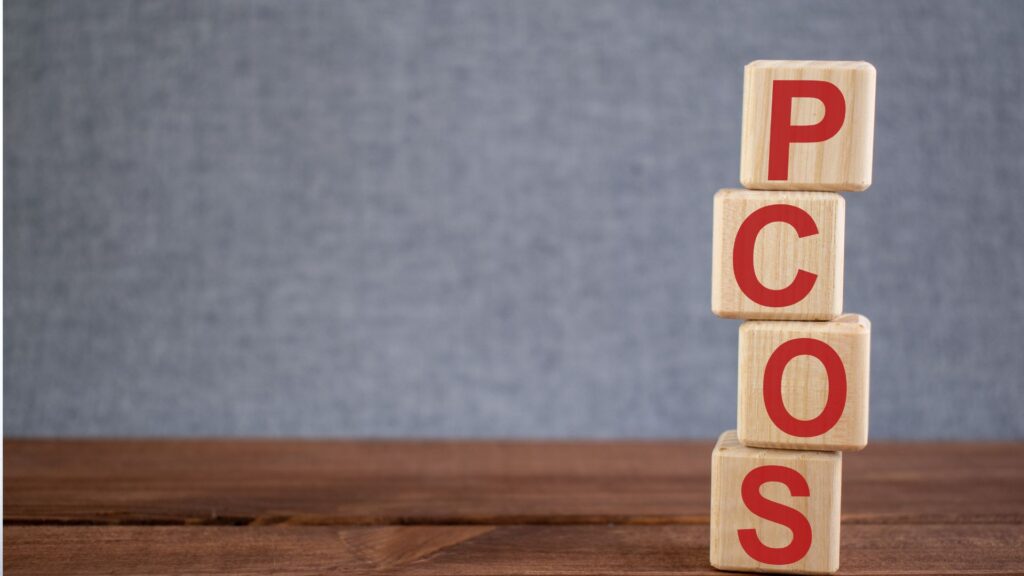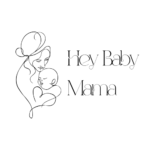Pregnancy
- Crucial Early Pregnancy Signs
- The First Trimester
- The Second Trimester
- The Third Trimester
- Pregnancy Health A-Z
- Pregnancy Due Date Calculator
- Chinese Gender Reveal Chart
- Pre-Eclampsia During Pregnancy
- Labour
- Prepare for a Baby
- Navigating Baby Loss
- Pregnancy Wellbeing
- Postnatal Wellbeing
- Postnatal Depression
- Maternal Mental Health: Post Baby
- Master Your Money : Post Baby

What to Expect During Your Baby’s Birth Journey
Understanding the signs of labour is key to navigating your birthing journey with confidence. Whether you’re noticing early signs of labour at 35 weeks or awaiting signs of labour at 39 weeks, this guide decodes what to expect, when to act, and how to stay empowered.
Recognising the Signs of Labour
Labour often begins subtly, but your body sends clear signals as the big moment nears. Here’s what to watch for:
Early Signs of Labour (35–37 Weeks)
Very early signs of labour: Nesting instincts, mild cramping, or signs of labour diarrhoea (loose stools as the body prepares for delivery).
Baby “dropping”: Increased pelvic pressure as the baby settles lower.
Signs Labour Is Near (38–40 Weeks)
Contractions: Regular, intensifying tightenings that don’t ease with rest (different from Braxton Hicks).
Bloody show: Pink-tinged mucus as the cervix begins to dilate.
Water breaking: A trickle or gush of amniotic fluid.
Week-Specific Insights:
Signs of labour 38 weeks: Stronger Braxton Hicks, pelvic pressure.
Signs of labour 39 weeks: Cervical softening, increased backache.
40 weeks no signs of labour? Common! Only 5% deliver on their due date. Your midwife may discuss induction options.
⚠️ When to Call Your Midwife:
Contractions every 5 minutes for an hour (first-time moms).
Fluid leakage or reduced fetal movement.
Signs of labour about to start like intense lower back pain paired with cramping.
The Three Stages of Labour

1. Early Labour (Latent Phase)
Cervix dilates to 6 cm. Contractions start mild (30–60 seconds, 5–20 minutes apart).
Coping tips: Rest, hydrate, and use relaxation techniques like warm baths.
2. Active Labour
Cervix dilates to 10 cm. Contractions intensify (60–90 seconds, 3–5 minutes apart).
Coping tips: Use pain relief (epidural, nitrous oxide) or try positions like squatting.
3. Transition & Delivery
Transition: Cervix fully dilates. Contractions peak (2–3 minutes apart).
Pushing: Follow your body’s urges; most push for 1–3 hours.
When Labour Doesn’t Start
No signs of labour at 39 weeks or 40 weeks no signs of labour? Don’t panic—your care team may suggest membrane sweeps or induction.
Pain Management Options
Epidural: Numbs lower body for prolonged labour.
Water birth: Reduces pain through buoyancy and warmth.
Breathing techniques: Stay focused with rhythmic breaths.
FAQs: Your Labour Concerns Addressed
Q: Are diarrhoea and cramps early labour signs?
A: Yes! Signs of labour diarrhoea and cramping often precede active labour as the body clears the bowels.
Q: What if I feel nothing at 36 weeks?
A: Signs of labour 36 weeks vary—some experience mild cramps, others nothing. Early labour can start suddenly!
Q: Is back pain a sign of labour starting?
A: Intense lower back pain paired with contractions may signal signs of labour about to start.
Tips for Staying Empowered
Pack smart: Include comfort items (music, snacks) and a birth plan.
Communicate: Share preferences with your birth team (e.g., delayed cord clamping).
Stay flexible: Labour can be unpredictable—trust your body and care team.
Note: Whether you’re spotting first signs of labour at 37 weeks or navigating no signs of labour at 39 weeks, remember: every journey is unique. Trust your instincts, lean on your support team, and celebrate the strength within you.







